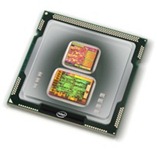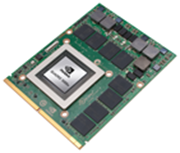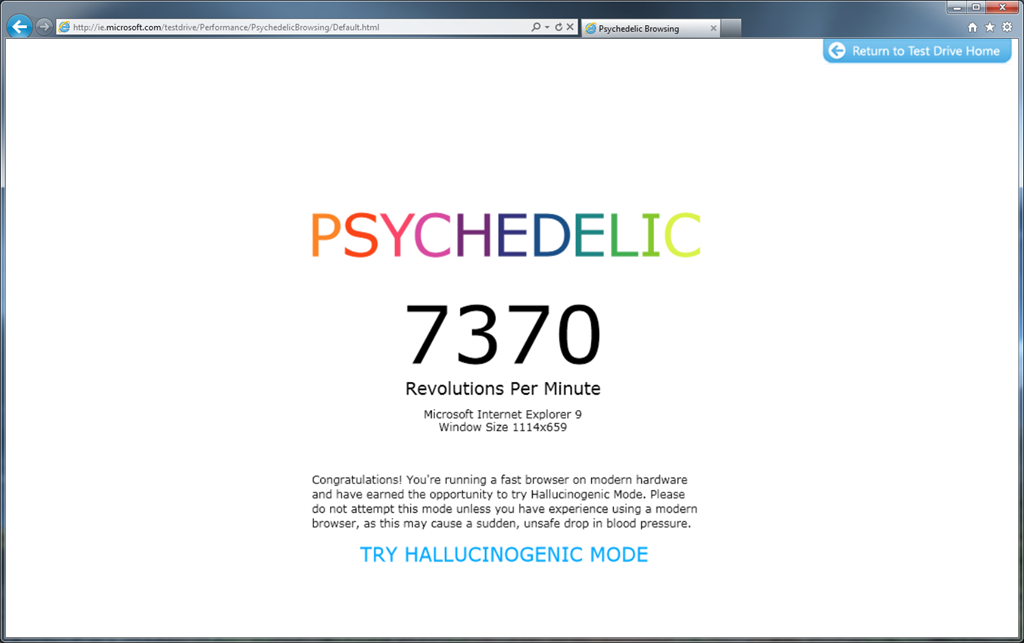Windows Internet Explorer 9 RC Performance
If you thought the performance of the Windows Internet Explorer 9 Beta was impressive, take a look at what the team has been up to since that time. While I have been using several builds of Windows Internet Explorer 9 between the Beta and RC releases, several performance improvements only surfaced in the final Release Candidate build made available this morning.
Windows Internet Explorer 9 enables you to experience the Web using the full capabilities of your PC. JavaScript is now compiled to native code within the background using multiple CPU cores, if the processor within the PC is a multi-core CPU.
Websites based upon HTML5 also benefit significantly from hardware acceleration using the GPU through Direct2D technologies. Frank Oliver, a Program Manager on the Internet Explorer team, described some of these improvements in his blog post Benefits of GPU-powered HTML5.
With the Windows Internet Explorer 9 RC build you’ll find that the sites you use are faster thanks to scenario tuning, network cache tuning, and compiler optimizations. All while using significantly less memory than the Beta build. Using the Windows Internet Explorer 9 Beta the Psychedelic Browsing test would yield a score of 1850 on my HP Envy 15 notebook and this morning that score is now an incredible 7370!
If you’re using the software rasterizer within Windows Internet Explorer 9 (see Internet Options/Advanced/Accelerated Graphics) its worth noting that additional performance improvements are provided by the Windows Server 2008 R2 and Windows 7 SP1 release that will be available to MSDN and TechNet subscribers on February 16th and to everyone through Windows Update on February 22nd.
You can download the Windows Internet Explorer 9 Beta from the Beauty of the Web site or directly here.
Learn more about the Windows Internet Explorer 9 Release Candidate on the IE blog: Acting on Feedback: IE9 Release Candidate Available for Download.


